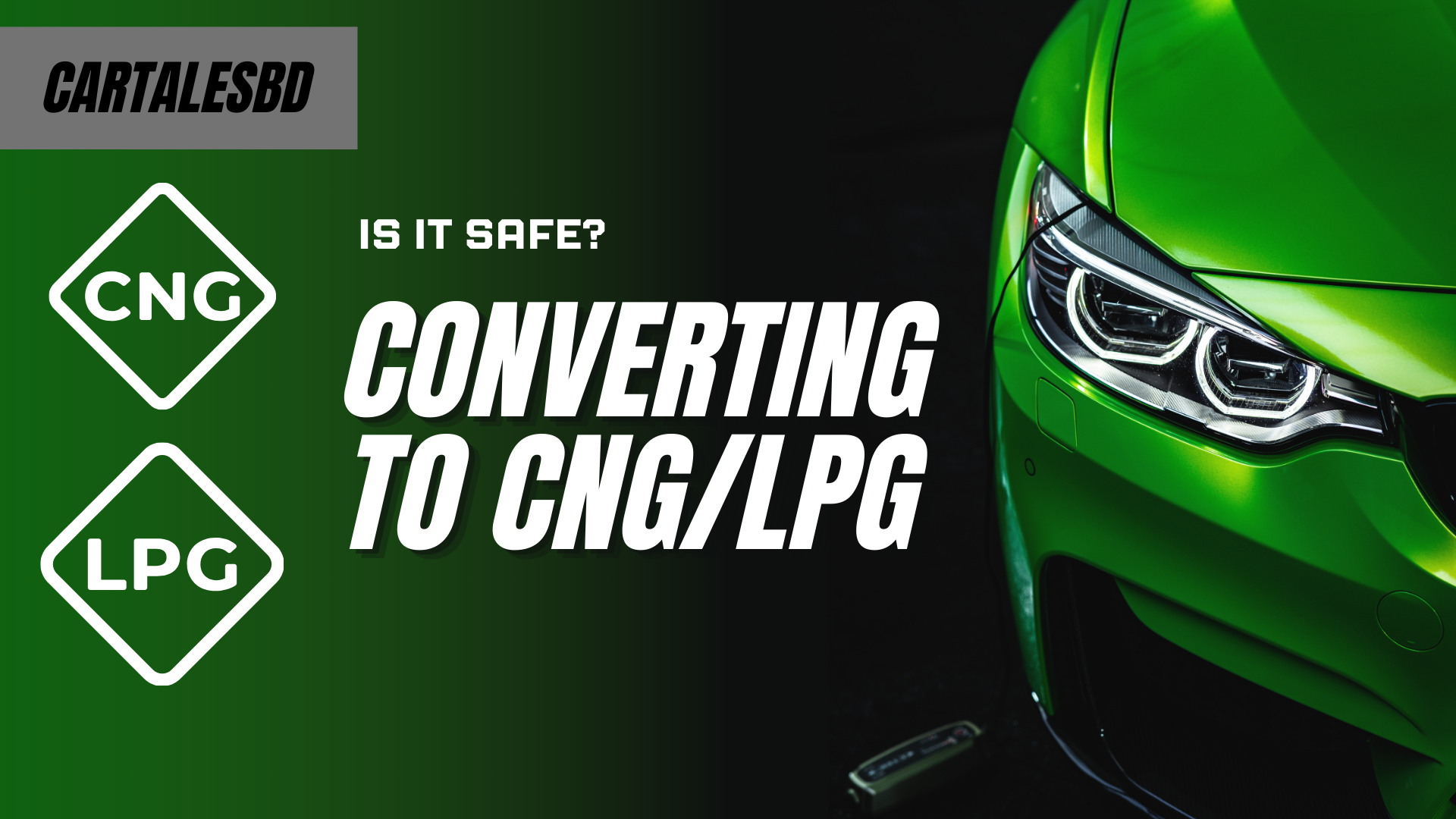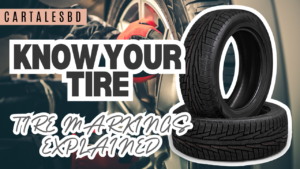Locally, a lot of people have their cars converted to LPG/CNG, but many believe it makes your car unreliable; the car also loses some value. Well, the value and price depend on how the market sees the car, and yes, the market typically lowers the value of a converted car. However, despite this devaluation, is it still not worth converting to CNG/LPG? Let’s dive a bit deeper into this topic.
Converting a car to CNG or LPG involves installing a high-pressure tank, specialized fuel lines, injectors, and a control module to allow the engine to run on gas instead of gasoline. This might seem like a major change, but let me be straightforward—it’s generally safe to convert your car to CNG/LPG if done correctly. However, there’s a catch.
Everything mostly depends on the quality of installation, components, and maintenance. If you convert your car to CNG/LPG by a certified, experienced installer and ensure that they are using high-quality components, things should pretty much go smoothly for you. Now, let’s explore the pros and cons.
Pros of Converting your Car to CNG/LPG
Lower fuel cost: Most people in a country like Bangladesh do it mainly because of this. CNG and LPG are generally less expensive than gasoline or diesel, leading to substantial savings over time. As of October 2, 2024, the price of LPG is 121.32 taka per liter, and CNG is 100 taka per m³, which is significantly lower than petrol at 200 taka per liter. To put this in perspective, an average car runs 1 kilometer and consumes 10 taka of CNG, 12 taka of LPG, and 20 taka of petrol. The reasoning behind this choice is pretty valid for those looking to cut down on fuel costs.
Extended engine life: Yes, you heard it right. Contrary to popular belief, converting to CNG/LPG doesn’t necessarily reduce the engine life of your car; it can actually extend it. CNG and LPG produce fewer carbon deposits, which can reduce wear on the engine, pistons, spark plugs, and other components, potentially extending the engine’s life. Additionally, cleaner combustion means less contamination in engine oil, which benefits the overall health of your engine. Though it’s worth noting that the oil may dry out faster, so regular checks and oil changes are crucial to maintaining engine health.
Reduced emissions: Now, let’s think from a broader perspective and consider the benefit to the environment. CNG and LPG produce fewer pollutants like carbon monoxide, nitrogen oxides, and particulate matter compared to petrol, resulting in a cleaner exhaust. This makes the choice environmentally friendly and beneficial for reducing urban pollution. By choosing CNG/LPG, we’re contributing positively to the environment and reducing the carbon footprint of our vehicle, which is something to feel good about.
Cons of CNG/LPG Conversion
Slight reduction in power: CNG and LPG have lower energy content per volume than petrol, which can reduce your car’s performance, especially in terms of acceleration and power on inclines. This difference might be noticeable on highways or in hilly areas, where the engine requires more power to maintain speed and climb. In city areas, however, the power reduction is usually manageable and should not be a major concern for daily commuting.
Higher combustion temperature: CNG in particular burns at a higher temperature, which may increase wear on certain engine components, such as valves and valve seats. This extra heat can lead to the need for more frequent inspections and potential replacement of these parts over time. Using heat-resistant materials for these components, if possible, may help reduce wear.
Frequent maintenance: Converting to CNG/LPG may require more frequent maintenance, especially for components affected by the higher combustion temperatures and cleaner combustion, like the oil and cooling systems. This upkeep, while necessary, ensures that the engine remains reliable over time.
Reduced trunk space: CNG or LPG tanks take up a significant amount of space in the trunk, which can be an issue if you need a lot of storage space for luggage or cargo. For those who frequently travel with many items, this could be a considerable drawback, as the reduced trunk space may make the car less practical.
Limited refueling infrastructure: In some regions, finding CNG or LPG refueling stations can be challenging, making it less convenient for long-distance travel or rural areas. If there aren’t enough refueling stations in your area, using CNG or LPG may be impractical. In Bangladesh, there’s also a significant CNG gas crisis. Due to this shortage, CNG filling stations often have low pressure and long lines, which can lead to delays and inconvenience for drivers. For this reason, many find LPG a more convenient option as LPG stations tend to have more stable availability.
CNG vs. LPG: Each option has its pros and cons depending on your specific driving needs and preferences. While CNG may offer even lower running costs, LPG might be a more practical choice if you value convenience in refueling and less strain on engine components.




